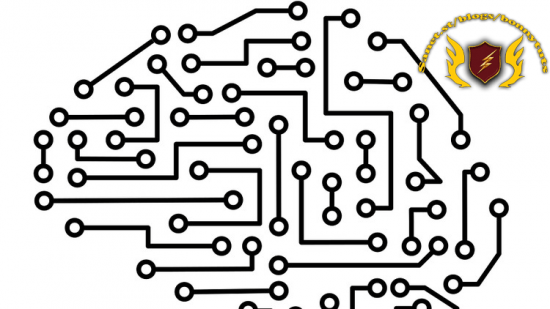
Published 12/2022
Created by Sujithkumar MA
MP4 | Video: h264, 1280×720 | Audio: AAC, 44.1 KHz, 2 Ch
Genre: eLearning | Language: English | Duration: 23 Lectures ( 2h 38m ) | Size: 1.27 GB
Learn in-depth and implement CNN using Python for a project.
What you’ll learn
Understand the basics and types of 2D Signals (Images)
Understand and implement the process of convolution
Learn and implement the Convolutional neural networks for any real time applications
Review the fundamentals of deep learning
Requirements
No prior experience is needed. But a little bit of Python and Machine learning knowledge will make you more comfortable
Description
In this course, you’ll be learning the fundamentals of deep neural networks and CNN in depth.Initial sections of this course coverWhat is Deep Learning?What is a Neural network?Where does CNN lie in the pie chart?Fundamentals of Perceptron NetworksMultilayer PerceptronsThe mathematics of feed forward networksSignificance of Activation functionsThe next section covers everything about CNNConvolutional neural networks (CNNs) are a type of artificial neural network that are specifically designed to process data that has a grid-like topology, such as an image. They are particularly useful for image classification and recognition tasks.CNNs are composed of multiple layers of artificial neural units, each of which performs a set of mathematical operations on the data it receives as input. The layers of a CNN are organized into three main types:Convolutional layers: These layers perform convolution operations on the input data, which involves sliding a small matrix (called a “filter” or “kernel”) over the input data and performing element-wise multiplication and summation. This process extracts features from the input data, which are then passed on to the next layer in the network.Pooling layers: These layers down-sample the output of the convolutional layers, reducing the spatial size of the output while maintaining the important features. This helps to reduce the computational burden of the network and also helps to reduce overfitting.Fully-connected layers: These layers, also known as dense layers, perform classification on the features extracted by the convolutional and pooling layers. They are called fully-connected because each neuron in a fully-connected layer is connected to every neuron in the previous layer.CNNs have been very successful in a wide range of applications, including image classification, object detection, and natural language processing. They have been used to achieve state-of-the-art results on many benchmarks and are a common choice for developing machine learning models for image-based tasks.The last section is all about doing a project by implementing CNN
Who this course is for
Anyone who wants to understand CNN in depth
Password/解压密码www.tbtos.com
转载请注明:0daytown » Convolutional Neural Networks: Deep Learning